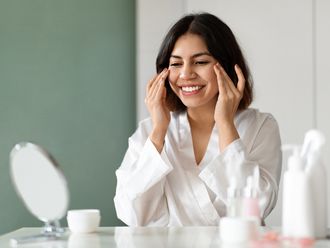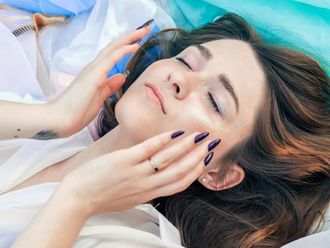
Faced with the 10 million or so options for skincare layering routines we see today, this question has most likely popped up in your mind - if all your skincare products are going only on your face, why can’t they just be mixed?
If you listen carefully, far in the distance you can hear the shrill cries of outrage by devoted layering practitioners… or at least a certain hesitation. After all, layering - thinner products to thicker products, toner to drench your skin, essences for treatment and moisturisers and oils to seal - is the front and center of skincare routines worldwide today.
Celebrities like JLo, and Hailey Bieber have 10+ step skincare routines. But, what you might be surprised to know is that skincare mixing is very much a reality, with certain companies that have products that are meant to be mixed together before application – in a one-step only, seamless routine (except for sunscreen). Wait, really?
Enter Drunk Elephant and the idea of skincare ‘smoothies’

Back in 2013, Tiffany Masterson, then a stay-at-home mum in Texas, US, founded the skincare company, Drunk Elephant, that over the years has built a dedicated cult following. She gave recipes for skincare ‘smoothies’ in which any products from the brand’s repertoire could be mixed – serums with other serums, creams and face oils just before application.
In an exclusive interview with Gulf News, Masterson, now also chief creative officer, says, “The idea of mixing came to me because I’m always in a hurry. I have four kids and a job so I don’t have time to layer anything… I put the products in the palm of my hand, mix them together and apply and go.”
It’s also widely practiced. Anupa Kurian-Murshed, Senior Digital Content Planning Editor at Gulf News says, “I honestly was very happy because that meant I would finish my routine in 30 seconds.” Even with sensitive skin, she found a brisk, no-frills routine of mixing three products after cleansing – a lightweight face oil, a hydration serum and a polypeptide cream from Drunk Elephant – perfect for her busy lifestyle and skin needs.

I honestly was very happy because that meant I would finish my routine in 30 seconds.
The Ordinary, Graydon skincare, NIOD (Non-Invasive Options in Dermatological Science) and the Inkey List are some other brands with certain products that you can mix instead of layer – such as Vitamin C powder, or certain serums and mists. So, should you mix? And does it help you to reap the benefits of a full-layered routine in a fraction of the time? We spoke to Kelly Dobos, Ohio-based cosmetic scientist with over 20 years of experience in the industry and previously president of the US-based national Society of Cosmetic Chemists to find out.
Logics of layering vs mixing
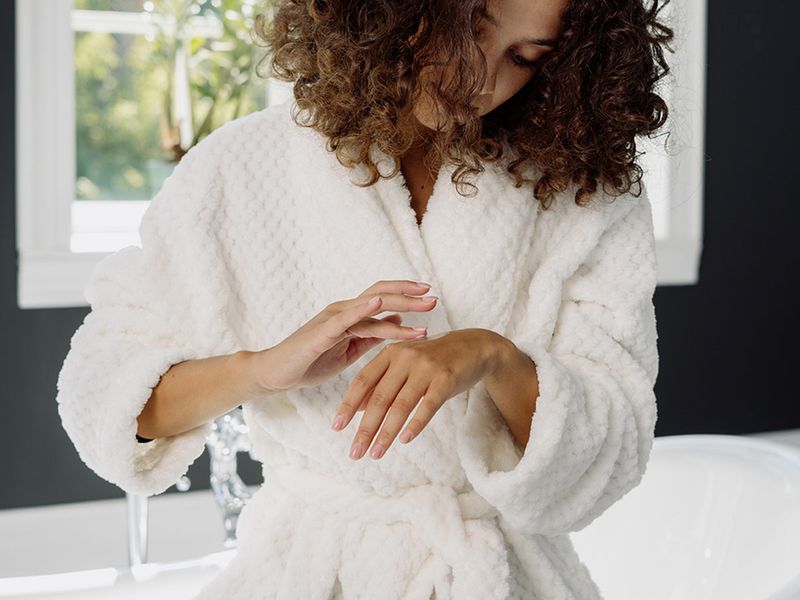
There’s a science behind both practices, and it may be a bit tough to unravel.
In many skincare products, certain heavy oils and waxes can block other products from being absorbed. Imagine trying to put a thin serum over a layer of Vaseline. It’s just going to fall off, or sit on the surface really. Dobos says, “When layering products, you should work from lightest to heaviest in terms of texture, giving each product time to absorb. And always use any product with SPF last. A good sunscreen is an essential part of any skin care routine.”
Meanwhile, some products – especially vitamin oils or powders such as Vitamin E, Vitamin C and more are often recommended for mixing with your moisturisers.
Why mix?
1. The efficacy of the product can increase
Dobos says, “Combinations of vitamin C with vitamins A and its derivatives, including retinol, and Vitamin E have been shown to enhance the ingredient’s efficacy.”
Some products are formulated to enhance their efficacy in this way.
2. You can customise your skincare daily
A new day, a new smoothie – you can mix up the pumps of product on your palm depending on skin needs. Masterson says, “Because people have different needs and different issues, I always advise people to listen to their skin. I mix up the products I’m going to use depending on what I feel my skin needs on any given day.
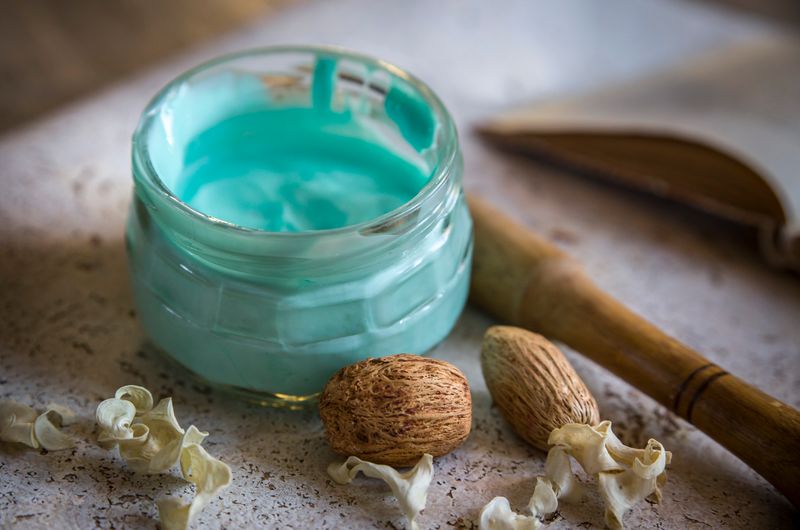
“Just as you might tweak your morning smoothie based on energy levels, mood and cravings, I adjust my skincare smoothies based on what I feel my skin is up to that day…it could be feeling dehydrated, sensitive, dry, etc. Or, it could be feeling perfectly balanced and I don’t need much at all. I always let my skin guide my choices.”
3. The time!
Masterson says, “I think one of the main benefits is that it saves so much time – it’s a lot of work to go through a multi-step routine every morning and night. I spend one to two minutes on my skincare routine in morning, and around four minutes total in the evening – that’s it!”
Should you mix? “Skincare products are extensively tested for efficacy and skin safety to understand potential for irritation or allergenicity, but they are tested individually or possibly as a prescribed regimen, so it’s not easy to extrapolate this information for a mixture of products. So, it's really not advisable to mix products unless directed by the manufacturer to do so,” says Dobos.

Skincare products are extensively tested for efficacy and skin safety to understand potential for irritation or allergenicity, but they are tested individually or possibly as a prescribed regimen, so it’s not easy to extrapolate this information for a mixture of products. So, it's really not advisable to mix products unless directed by the manufacturer to do so.
So what is the key to mixing? Masterson explains:
• Lightweight: “It doesn’t make a difference whether the product is oil-based or water-based, but they should be made with small molecule ingredients that are easily absorbed into the skin,” says Masterson.
Dobos says, “However, trying to blend oil-based products with watery products can be a challenge because some of the ingredients just aren’t compatible.”
• No occlusive ingredients: Moreover, according to Masterson – eliminating the ‘suspicious six’, essential oils, occlusive silicones, drying alcohols, sodium lauryl sulphate, chemical sunscreens or fragrances and dyes that may irritate or congest your skin, plays a role.
• Biocompatibility: Biocompatibility means that the substance or material can interact with your living tissue without causing toxicity, harming physiological processes or inducing an immunological response. It is compatible with the skin.
A one-step routine future?
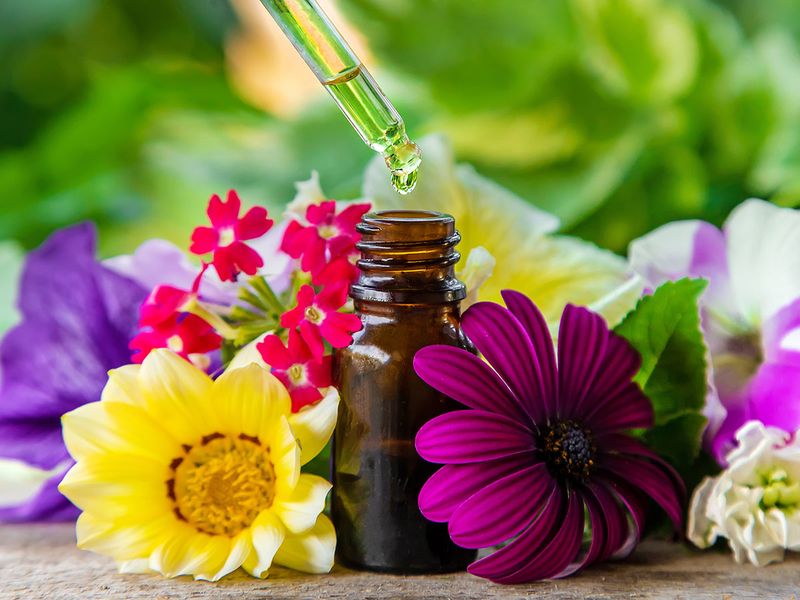
The bottom line is – unless the manufacturers have designed the products to be mixed for benefits, do not.
“Unless the products were intended to be mixed together, it’s generally not advisable to blend them prior to application straight from the package because the manufacturer has not intended for this and because of the complexity of some cosmetics formulations, you could be diluting potency of ingredients or negating their effectiveness,” says Dobos.
Nevertheless, if drawn-out skincare routines are not your cup of tea, mixing can be a way of achieving power-packed, good results with much less effort. These are some examples of ingredients that are often instructed to be mixed into any creams, gels or moisturisers just before application on your palm:
• Vitamin E oil
• Vitamin C powder
• Rosehip oil
• Tea tree oil
But, even with them, do follow the specific instructions regarding the amounts. Dobos says, “Some ingredients can be irritating if too high a level is used, the end result may not feel great on the skin anymore, and you can compromise preservative systems that protect you from microbial contamination.”
Now, there is also a practice of skincare ‘cocktailing’ or layering different potent ingredients for the optimal ‘cosmeceutical’ routine or skincare products that have pharmaceutical benefits for skin. Dry skin? You can layer hyaluronic acid, ceramides, glycerin, a moisturizing oil like jojoba for the best moisture boost. Read more here for your checklist of the perfect skincare cocktails for common skin issues.
Is the future in biocompatible skincare smoothies, or a one-step seamless routine?
Masterson says, “I hope so! Overall I think there is a trend towards more transparency in response to the consumer who is getting more savvy and more demanding every day, in a good way!”




